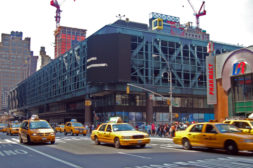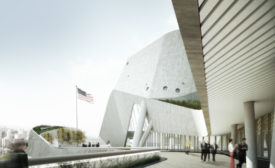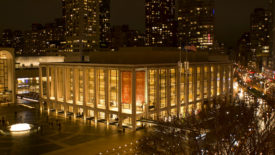Fred A. Bernstein
Fred Bernstein studied architecture at Princeton and law at NYU and writes about both subjects.
ARTICLES
Designing Diplomacy: Top Firms Selected for New U.S. Embassies
“I believe in the power of architecture,” says director of Overseas Buildings Operations.
Read More
Thomas Heatherwick and Diamond Schmitt Architects to Collaborate on Geffen Hall Renovation
Lincoln Center will spend $500 million to renovate the interior of the building.
Read More
Copyright ©2024. All Rights Reserved BNP Media.
Design, CMS, Hosting & Web Development :: ePublishing









